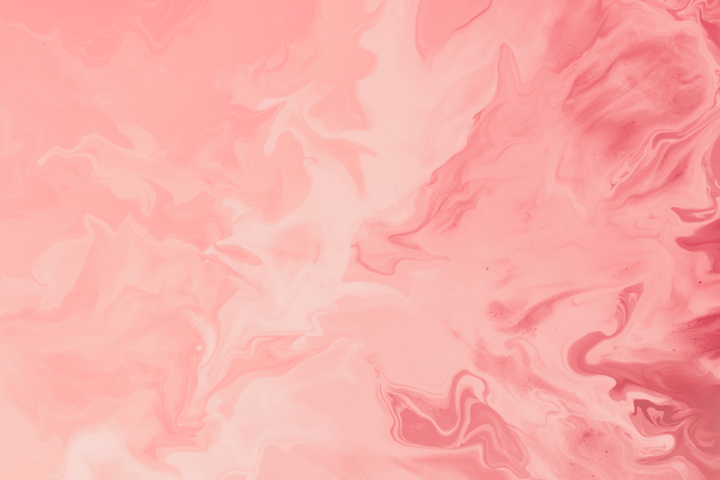Pink is a gorgeous and intriguing color. It can be bright and fun or soft and feminine, depending on the shade of pink.
It’s also an interesting color, as it technically doesn’t exist on the color spectrum. Have you ever noticed that you don’t see the color pink on the color wheel?
That’s just one reason why I think every artist should learn more about the color pink. It’s technically interesting, both in traditional and digital media. Plus, it’s also one of my favorite colors due to its range and versatility!
So, let’s dive in and look at the different shades of pink, including their hex, CYMK, and RGB codes.
Then, we’ll look at how you can mix different shades of pink paint for your artwork. By the end of this article, you’ll be an expert on the color pink.
10+ Different Shades of Pink
Pastel Pink

Hex Code: #FFD1DC
CYMK: 0, 18, 14, 0
RGB: 255, 209, 220
Pastel pink is one of the softest, lightest shades of pink. That’s why it’s such a common choice for baby nurseries. I use this color in my artwork when I want to create a gentle and soft atmosphere.
Dark Pink

Hex Code: #E75480
CYMK: 0, 64, 45, 9
RGB: 231, 84, 128
If you’re looking for a bright, punchy pink shade, dark pink fits the bill. This color is rich and vibrant and contrasts nicely with many other colors.
Salmon Pink

Hex Code: #FF9999
CYMK: 0, 40, 40, 0
RGB: 255, 153, 153
Salmon pink is a rich, warm shade of pink with an orange tinge. It resembles the color of the salmon fish, which can look pink, orange, or even silver at times.
Bright Pink

Hex Code: #FF007F
CYMK: 0, 100, 50, 0
RGB: 255, 0, 127
Any time you need a pink that packs a punch, choose bright pink. This highly saturated shade is eye-catching and bold. But it’s not as in your face as neon pink.
Magenta

Hex Code: #FF00FF
CYMK: 0, 100, 0, 0
RGB: 255, 0, 255
Magenta is an eye-catching color that is vivid and rich. And confusingly, it’s even brighter than the shade bright pink. You can make magenta by mixing red and violet – you’ll find it on the color wheel between these two colors.
Blush Pink

Hex Code: #DE5D83
CYMK: 0, 58, 41, 13
RGB: 222, 93, 131
Blush pink is a rich, warm shade of pink between medium and dark pink. It’s the color of rosy cheeks or beautiful pink roses. This shade is romantic and feminine and looks gorgeous when used in interior design.
Mauve

Hex Code: #E0B0FF
CYMK: 12, 31, 0, 0
RGB: 224, 176, 255
There’s some discussion about whether mauve is a pink or purple shade. Either way, this color deserves a spot on this list. It’s a light, fresh, cool color that works well with shades of blue and purple.
Cotton Candy

Hex Code: #FFBCD9
CYMK: 0, 26, 15, 0
RGB: 255, 188, 217
Cotton candy is a fresh, fun, light shade of pink. It perfectly captures the saccharine sweetness of cotton candy. So, this color conveys a sense of innocence and brings your childhood memories to mind.
Ruby Pink

Hex Code: #E0115F
CYMK: 0, 92, 58, 12
RGB: 224, 17, 95
Ruby pink is a rich, warm shade of pink between medium and dark pink. It’s also quite bright and is somewhere between a ripe strawberry or raspberry shade.
Cherry Pink

Hex Code: #FFB7C5
CYMK: 0, 35, 7, 0
RGB: 255, 183, 197
Cherry pink is a warm shade with rich red undertones. It’s not as deep and dark as ripe cherries, but it looks sweet and juicy.
Pink Lavender

Hex Code: #D8B2D1
CYMK: 0, 18, 3, 15
RGB: 216, 178, 209
Pink lavender is a gentle, calming shade with strong purple undertones. It’s also a light color that creates a serene and tranquil atmosphere. That makes it a popular choice in home design, but it also looks fantastic in paintings.
How to Make Different Shades of Pink
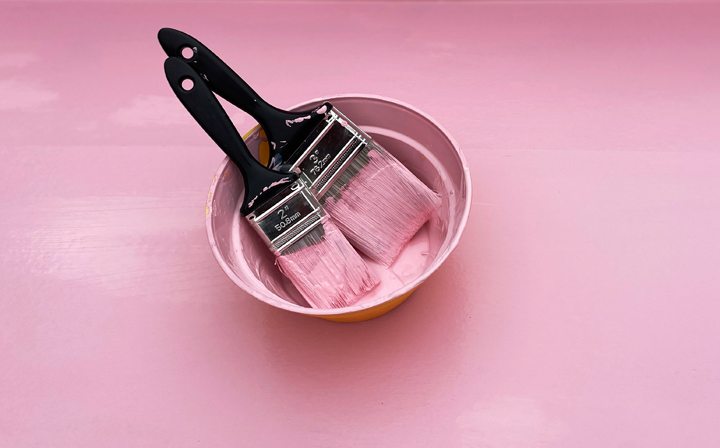
So, you can identify lots of different shades of pink by now. But how can you mix these shades of pink when it comes to your artwork?
Pink is one of the easiest colors to mix. But getting the perfect shade for a particular scene isn’t always straightforward.
So, in this section, I’ll walk you through how to make various shades of pink.
Mixing Pink Paint
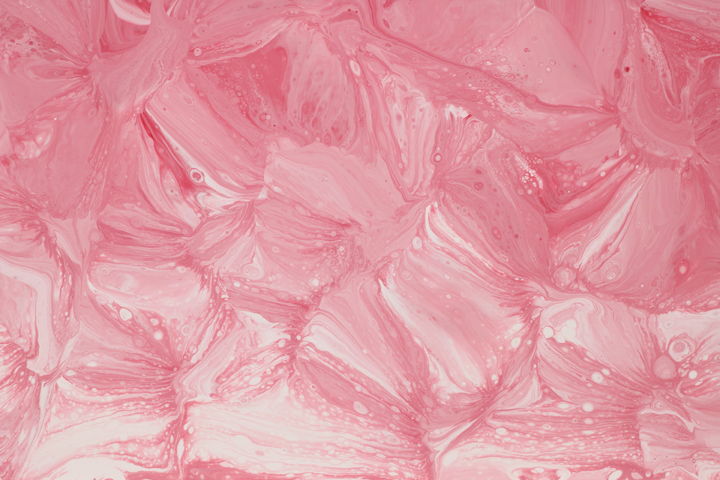
Making the color pink is very simple – all you’ll need is red and white paint. Gradually add a little white to your red paint until you get the desired shade. If you want a lighter shade of pink, you’ll need to add a lot more white than if you want a darker pink.
Technically, this is called making a tint as you’re desaturating the color red. You’re not mixing two colors to create a different color altogether.
You need to choose the right shade of red to use when mixing pink. The color red can vary in warmth, saturation, and undertones. And that will affect the shade of pink you’ll create.
How to Make Dark Pink
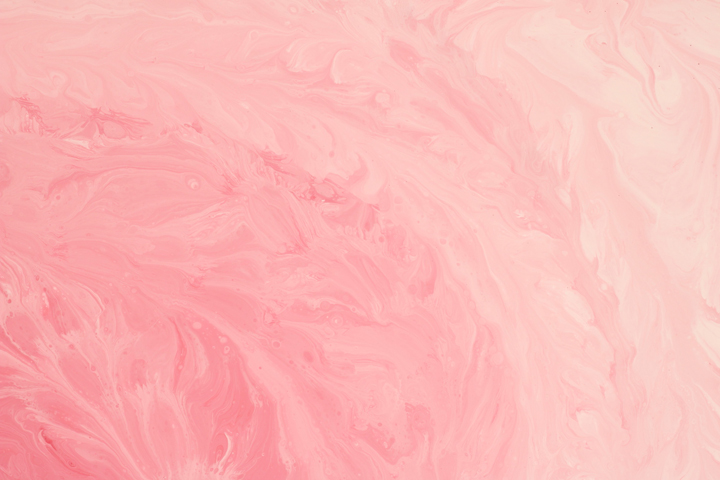
If you want to make a dark pink, I recommend starting with a dark shade of red. That will make it much easier to get the right shade. Then, you can add a tiny amount of white paint until you get the right shade.
You can also darken a shade of pink by adding a darker color. Black is the most obvious choice, but it’s tricky to use. It’s easy to overdo it by mixing in too much black.
Instead, you could use a dark purple or red to your pink to darken it. But be careful of the color you choose, as it could alter the tone or warmth as well as the saturation.
How to Adjust the Shade of Pink
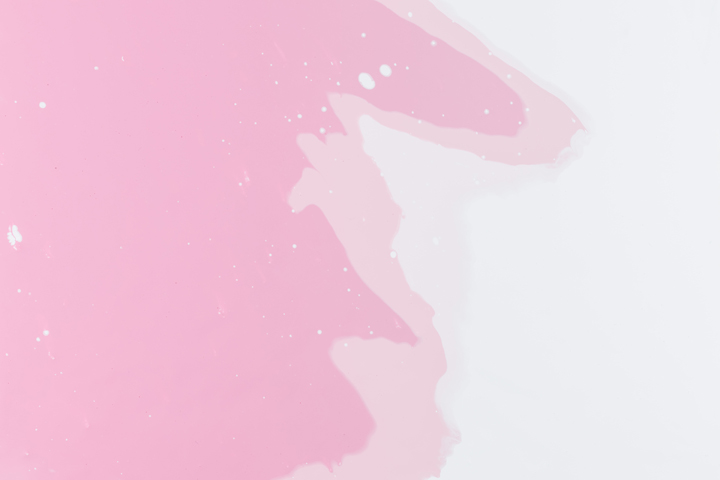
There are lots of ways you can alter the shade of pink. For example, you could make it warmer by adding more red. Or you could add a warm orange (which will also make it brighter and fresher).
But if you want a cooler pink, you could add a little blue or purple paint. Again, choose the exact shade carefully.
You can make a muted pink by mixing in some gray paint or adding more white. Or you could make your pink brighter by adding some yellow.
The best thing to do is to experiment and play around with different colors. That will help you put color theory into practice and feel more confident when mixing paints. A color mixing chart is also a helpful tool to make for yourself.
How to Make Pink Light
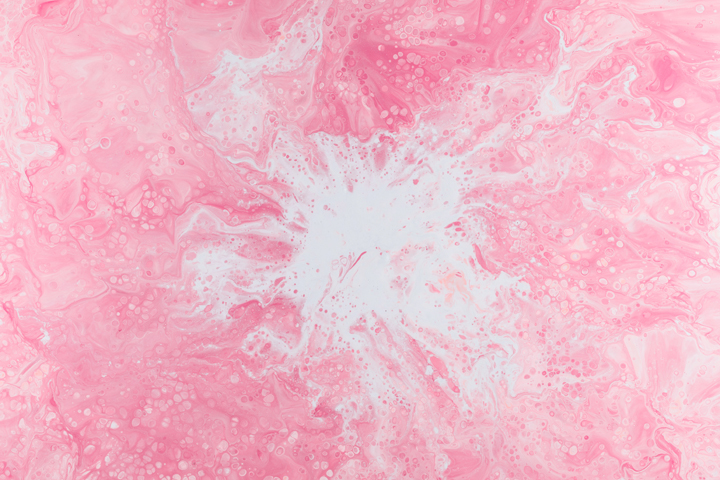
I’ve focused on mixing pink paint, as that’s more likely to be what you’ll need for your paintings. But you can also make the color pink by mixing different colored lights.
The color pink doesn’t naturally exist on the light spectrum. But you can make pink light by combining red and blue wavelengths. The eye merges these colors, and as a result, you’ll see the color pink!
That’s how TVs and computer screens produce the color pink. Knowing this can also be helpful if you try out any digital art forms.
The Wrap Up
Now, you know everything there is to know about the color pink. You can name many of the most common shades of pink and tell them from each other.
Plus, you should have a good idea of how to mix different shades of pink. So, you can make the perfect shade of pink for any painting!
Which is your favorite shade of pink? Let me know in the comments below!
And follow Proative Creative on Pinterest for more color theory info and inspo!

